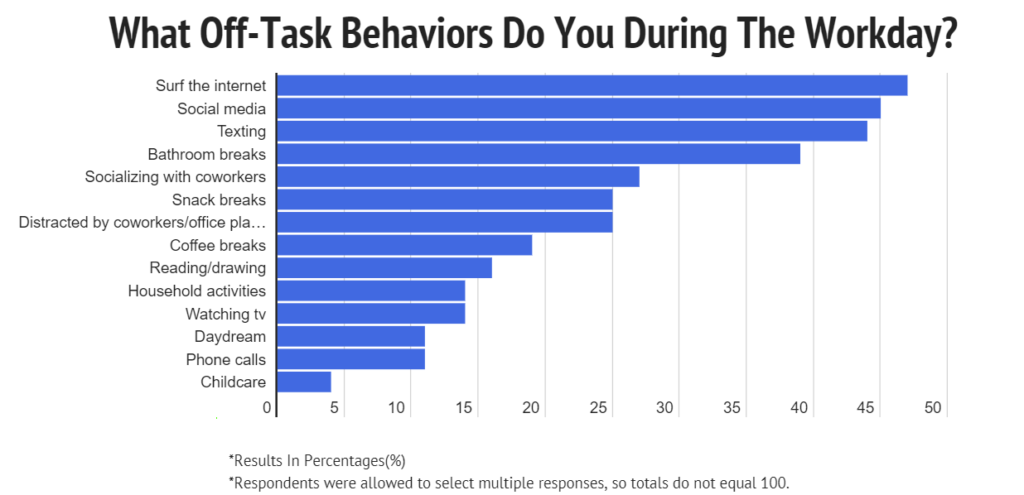Technology | 7 min read
Traditional Methods of Worker Scheduling Are Out – Here’s What’s In

If you’re still using a spreadsheet or a piece of paper to plan your workers’ schedule, odds are you’re losing time and money – and experiencing unnecessary headaches. Traditional methods of worker scheduling are not only time-consuming and cumbersome, but they can eat into a company’s budget in not-so-obvious ways. In our digital era, it’s important to know this critical aspect of workforce management can be streamlined – alleviating those unnecessary headaches and saving your company money.
This blog post will discuss how technology — specifically cloud-based software, automation, real-time tracking, mobile access, workforce analytics, and artificial intelligence — transforms worker scheduling, increasing efficiency, cost savings, and employee satisfaction.
Technologies That Are Improving Employee Scheduling
Several technologies have improved how we schedule shifts, displacing the old pen and paper or whiteboard.
These six key technologies are disrupting employee scheduling:
Cloud-Based Software
The advent of cloud-based software has brought about a remarkable transformation in worker scheduling. This innovative solution allows businesses to access employee data effortlessly, facilitate seamless collaboration, and ensure automatic backups of crucial information. Gone are the days of rifling through stacks of papers or deciphering complex spreadsheets.
With cloud-based software, schedules are easily accessible from anywhere, fostering a more streamlined and efficient scheduling process. Furthermore, it simplifies communication between managers and employees, ensuring that everyone is on the same page.
Automation
Automation has emerged as a game-changer in the world of worker scheduling. By leveraging automation, businesses can streamline the scheduling process, dramatically reduce errors, and enhance overall efficiency.
Tedious manual tasks, like cross-referencing employee availability with shift requirements, are now automated, saving valuable time and minimizing scheduling conflicts. This results in increased productivity and greater employee satisfaction as schedules become more consistent and reliable.
Real-Time Tracking
Real-time tracking is another technological innovation that has reshaped worker scheduling. This technology offers invaluable insights into employee availability and enables quick schedule adjustments when unforeseen circumstances arise.
Managers can now monitor employee attendance, late arrivals, and early departures in real-time, ensuring that shifts are always adequately staffed. Real-time tracking fosters a proactive approach to scheduling, leading to better service delivery and more efficient use of resources.
Mobile Access
The proliferation of mobile devices has opened up new possibilities for worker scheduling. Mobile access to scheduling software allows employees to receive real-time updates, check their shifts, and request time off conveniently from their smartphones or tablets.
This accessibility not only enhances employee engagement but also improves overall communication within the organization. Employees feel more in control of their schedules, resulting in increased job satisfaction and a healthier work-life balance.
Workforce Analytics
Data-driven decision-making is at the heart of modern business operations, and worker scheduling is no exception. Workforce analytics leverage data to better understand employee needs, optimize schedules, and reduce operational costs. With workers reporting spending almost three hours out of an eight-hour day on non-work activities, employers must prioritize efficiency and time management.

By analyzing historical scheduling data and employee performance metrics, businesses can identify patterns and trends that lead to more efficient staffing and resource allocation. Workforce analytics empowers organizations to make informed decisions that benefit both the bottom line and employee well-being.
Artificial Intelligence
Artificial intelligence (AI) is perhaps the most groundbreaking technology transforming worker scheduling. AI-powered scheduling solutions can provide precise staffing predictions, create schedules in seconds, and even offer personalized scheduling options based on individual employee preferences and performance.
This level of sophistication ensures that businesses can optimize labor resources to meet demand with unparalleled accuracy. As a result, labor costs are reduced and employees benefit from schedules that align with their preferences and capabilities.
What Are the Benefits of Scheduling Automation?
There are many benefits to automating scheduling, especially in industries that utilize shift workers, like hospitality and events management. Here are five advantages:
- Efficient scheduling. Automating the scheduling process allows managers to streamline the creation of work schedules. That means you can take into consideration employees’ preferences, such as working weekends. You can put these preferences in the system, and it assigns the shifts accordingly.
- Matching expertise. In dynamic industries such as events management or hospitality, experienced staff often work next to new hires. With employee scheduling software, managers can pair up the right mix of new trainees and seasoned employees to ensure the new hires get the best guidance.
- Efficient communication. Traditional scheduling methods often cause a barrage of texts and phone calls asking for shift details. With employee scheduling software, you can share schedules quickly within the platform via email or text message.
- Reducing overstaffing or understaffing. Employee scheduling automation helps optimize staffing levels by analyzing sales forecasts and planning staff availability. The software ensures that you don’t have idle employees or a last-minute scramble to find extra staff.
- Reducing change requests. With manual scheduling, a last-minute change can disrupt the entire schedule. Automated scheduling systems allow employees to update their availability with ease. Managers can set deadlines for inputting availability, thus ensuring the schedule remains stable.
Reap the Benefits of Scheduling Automation With Nowsta
Technology has ushered in a new era of efficiency and precision in worker scheduling. Cloud-based software, automation, real-time tracking, mobile access, workforce analytics, and artificial intelligence have collectively revolutionized how businesses manage their workforce.
Those who embrace these technological solutions can expect to improve operational efficiency, reduce costs, and create a more employee-centric work environment. As we continue to embrace innovation, the future of worker scheduling holds even greater promise, ensuring a happier and more productive workforce for years to come.
The Nowsta management platform centralizes scheduling, time and attendance, communications, and reporting. The dashboard gives you complete visibility of your workforce, simplifying scheduling.
Nowsta is also the only employee management software that allows you to schedule shifts for salaried and on-demand employees from the same platform. Learn how Nowsta simplifies worker schedules by requesting a demo today.